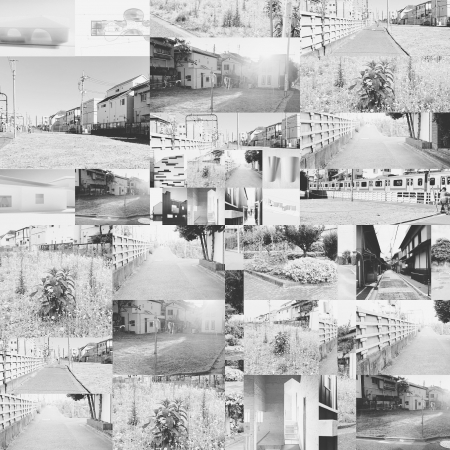ルールから外れる
都市の利便性は都市のルールと結びついている。利便性は何か単体では実現することはできず、相互に関連づけられたつながりから生まれる。その関連づけられたつながりを相対的にみれば都市のルールといえる。
ルールがひとつでもは破綻したら利便性が損なわれるような状態では都市としては脆弱だが、案外どこの都市も、東京も脆弱なような、雪が降ったら機能麻痺を起こすし、それ程都市は、都市の利便性は薄氷だが、利便性は損なわれない、むしろこれからもっと便利になり利便性が上がる前提で都市は成り立っている。
大きな全体としての都市の部分としての建築を考える時はこの前提に抗えないし、自然と染まってしまう。それも都市のルールなのだが、ルールから外れることで利便性とは一線を画した建築ができないかと考えている。
"Out of the rules"
City convenience is tied to city rules. Convenience cannot be achieved by itself, but comes from interconnected connections. If you look at the related connections relatively, it can be said that it is a rule of the city.
It is vulnerable as a city in a state where even one rule breaks down and convenience is impaired, but unexpectedly every city and Tokyo are vulnerable, and when it snows, it causes functional paralysis. Convenience is thin ice, but convenience is not impaired, but rather the city is built on the premise that it will become more convenient and more convenient in the future.
When considering architecture as a part of a large city as a whole, this premise cannot be resisted and it is naturally dyed. That is also a rule of the city, but I am wondering if it is possible to build a building that is different from convenience by deviating from the rule.


